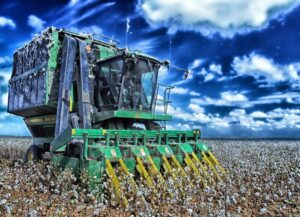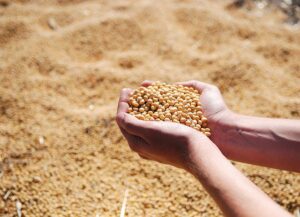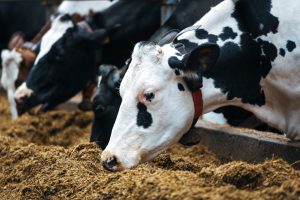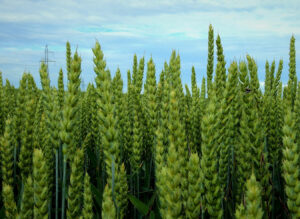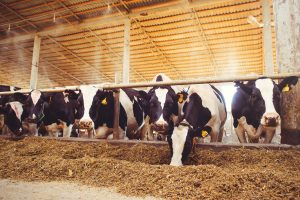Mercedes Gonzalez & Fernando Diaz
Soybeans are a widespread crop worldwide, both as food for human consumption and as livestock feed; they are thus a common ingredient in dairy cattle rations. One of their most common uses is as meal usually after extracting the oil from the beans, constituting an important source of protein in rations for dairy cattle.
Raw soybeans contain trypsin inhibitors which are considered anti-nutritional factors since trypsin participates in protein digestion, and to be able to digest the protein in the soybean meal more effectively they need to be inactivated by heat treatment.
The world’s leading soybean producers are the US, Brazil, Argentina and India, which export the raw material or its co-products to other countries. The nutrient composition of soybean meal can be highly variable, and in general depends on cultivars and therefore the type of soybeans used. It is also affected by soil types, environmental conditions during cultivation, harvesting season, storage conditions, and subsequent treatment when extracting the oil and obtaining soybean meal.
This variability should be contemplated when formulating rations for dairy cows, considering that the quality of the protein can vary between the different soybean meals.
A study (Ibañez et al., 2020) carried out a meta-analysis to compare the results of multiple studies conducted between 2002 and 2018, which valued the chemical composition and protein quality of soybean meals from different geographical areas.
The table below shows the chemical composition of soybean meals from different origins at 88.0% dry matter (DM) per kg.

Nutritional value of soybean meals depends on the country of origin
Differences in the composition of several nutrients could be observed; protein content for example was higher in soybean meal from Brazil than Argentina. Soybean meals from India contained less crude fat than those from other origins. Their sugar content was higher in soybean meals from the US than from Brazil and India.
Their geographical origin influenced the composition and nutritional value of the soybean meal described in the articles published in the literature analyzed in this meta-analysis. In general, the results for protein were quite variable, suggesting that differences were due to the plant genotype in each country, the environmental conditions, and the harvest time.
Differences in the fiber content could be due to the amount of seed pericarp added, depending on the type of meal processing in each country.
The difference in sugar content could be explained by the latitude at which soybeans were grown (which in turn influences the photoperiod), and in turn influences their concentration in the plant. Macro and microminerals differed in their concentration between countries probably due to different soil composition.
Conclusion
In conclusion, it was observed that soybean meals from Brazil contained higher crude protein and neutral detergent fiber than those from Argentina and the US. Meals from India were richer in ash and neutral detergent fiber. Soybean meals from the US were richer in sugars and essential amino acids per unit of protein than those from other origins, and it was also concluded that these meals had the highest protein digestibility.
In summary, chemical composition, protein quality and nutritional value of soybean meals depend on the country of origin and therefore tables of composition of commercial soybean meals obtained from beans from different countries should be used.
Reference
Miguel A. Ibáñez, Carlos de Blas, Lourdes Cámara, Gonzalo González Mateos. Chemical composition, protein quality and nutritive value of commercial soybean meals produced from beans from different countries: A meta-analytical study. Animal Feed Science and Technology. 2020 Sept; 267: 1-15.
© 2020 Dairy Knowledge Center. All Rights Reserved.



